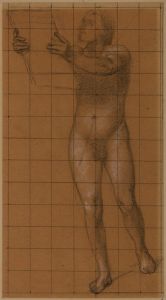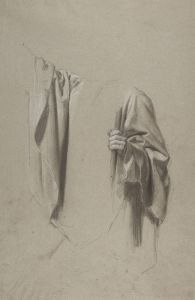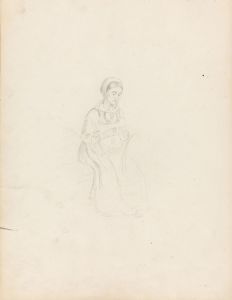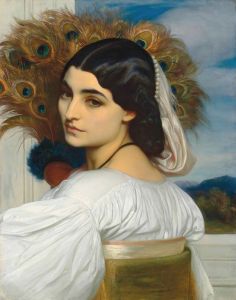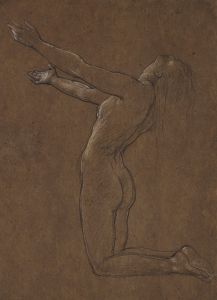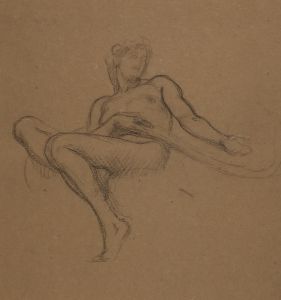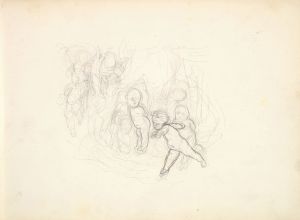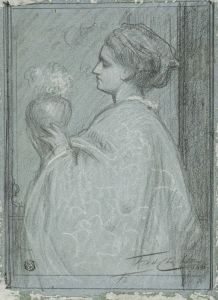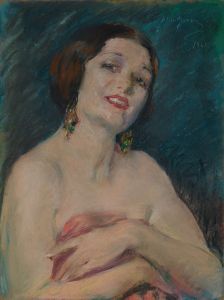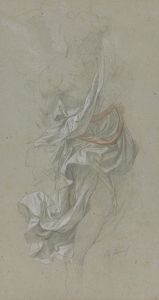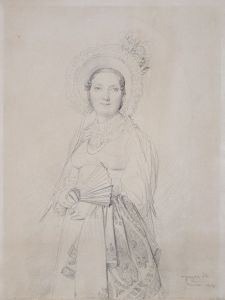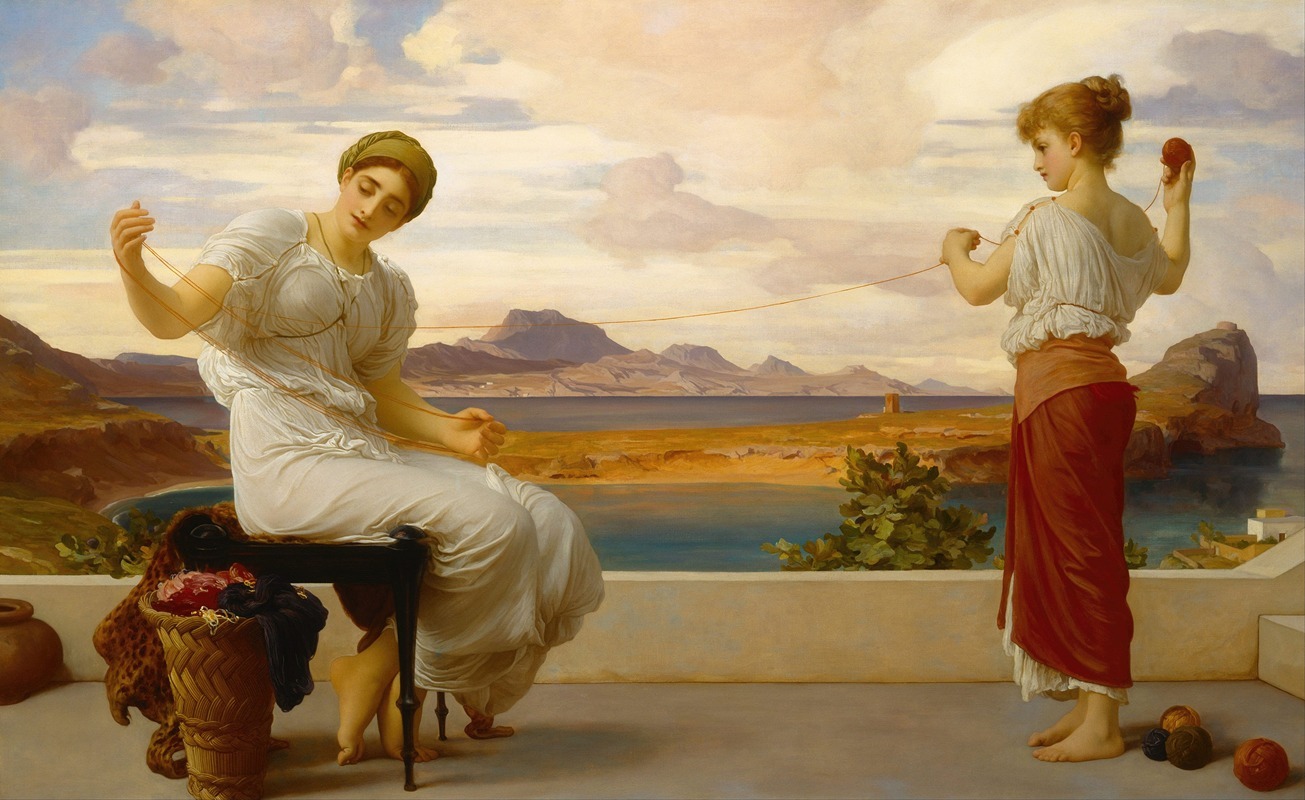
Winding the skein
A hand-painted replica of Frederic Leighton’s masterpiece Winding the skein, meticulously crafted by professional artists to capture the true essence of the original. Each piece is created with museum-quality canvas and rare mineral pigments, carefully painted by experienced artists with delicate brushstrokes and rich, layered colors to perfectly recreate the texture of the original artwork. Unlike machine-printed reproductions, this hand-painted version brings the painting to life, infused with the artist’s emotions and skill in every stroke. Whether for personal collection or home decoration, it instantly elevates the artistic atmosphere of any space.
Frederic Leighton, an eminent British artist of the 19th century, is renowned for his contributions to the academic art movement. Among his notable works is the painting "Winding the Skein," which exemplifies his mastery in depicting classical themes with a refined aesthetic sensibility. Leighton, who was born in 1830 and passed away in 1896, was a leading figure in the Victorian art scene and served as the President of the Royal Academy.
"Winding the Skein" is a testament to Leighton's skill in capturing the grace and elegance of his subjects. The painting portrays a serene domestic scene, focusing on the delicate task of winding yarn into a skein. This activity, often associated with the traditional roles of women in the 19th century, is depicted with a sense of tranquility and poise. Leighton's attention to detail and his ability to render textures and fabrics with precision are evident in the intricate depiction of the clothing and the skein itself.
The composition of "Winding the Skein" reflects Leighton's classical training and his admiration for the art of ancient Greece and Rome. The figures in the painting are arranged in a harmonious manner, with a balanced distribution of forms and a subtle interplay of light and shadow. This classical influence is a hallmark of Leighton's work, as he often sought to imbue his paintings with a timeless quality reminiscent of the great masters of the past.
Leighton's use of color in "Winding the Skein" is both restrained and effective, contributing to the overall mood of the painting. The palette is composed of soft, muted tones that enhance the sense of calm and introspection. This choice of color reflects Leighton's interest in creating an atmosphere that invites the viewer to contemplate the quiet beauty of the scene.
As with many of Leighton's works, "Winding the Skein" is characterized by its meticulous craftsmanship and its ability to convey a narrative through visual means. The painting not only captures a moment in time but also evokes a sense of nostalgia for a bygone era. It is a reflection of Leighton's broader artistic vision, which sought to elevate everyday subjects to the level of fine art through careful composition and execution.
Frederic Leighton's contributions to the art world extend beyond his paintings. He was a key figure in the promotion of academic art in Britain and played a significant role in shaping the direction of the Royal Academy during his presidency. His legacy is preserved in his artworks, which continue to be celebrated for their technical excellence and their ability to capture the essence of the human experience.
"Winding the Skein" remains an important piece within Leighton's oeuvre, exemplifying his dedication to the ideals of beauty and harmony that defined the academic art movement. Through this painting, Leighton invites viewers to appreciate the artistry inherent in the simple, everyday moments of life.





